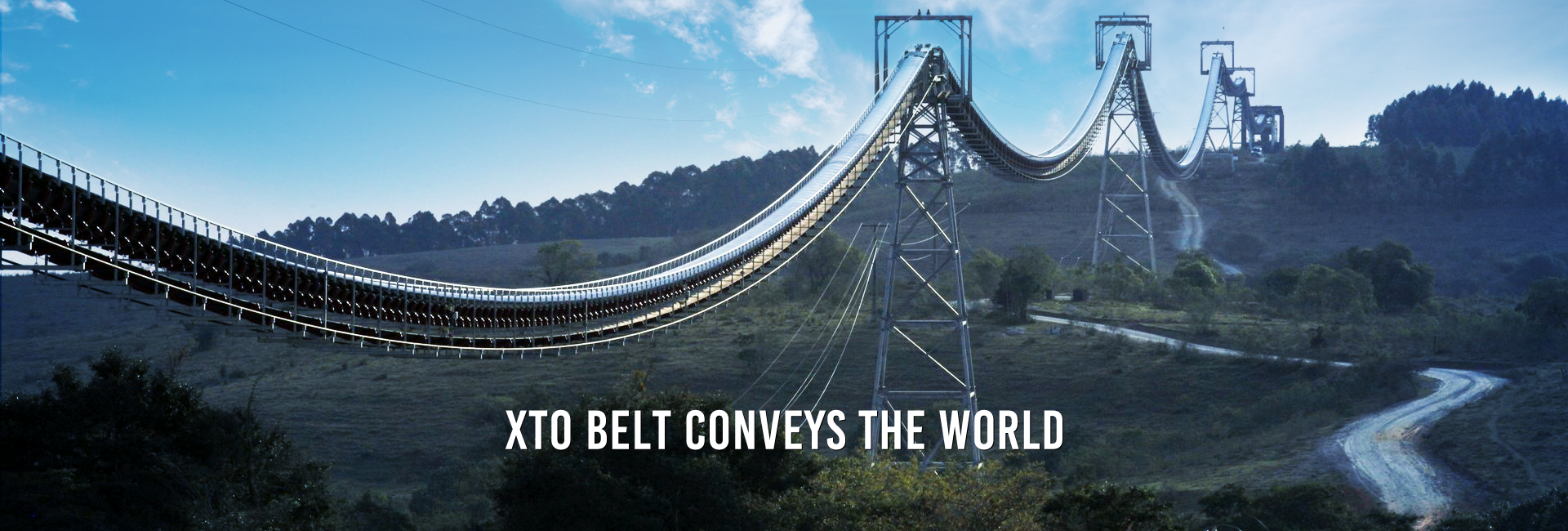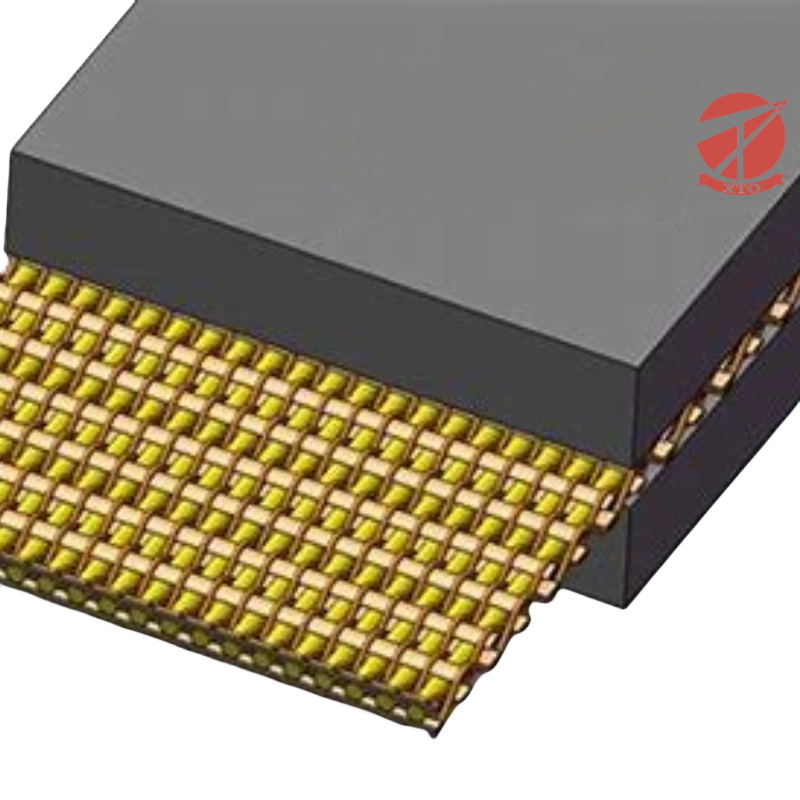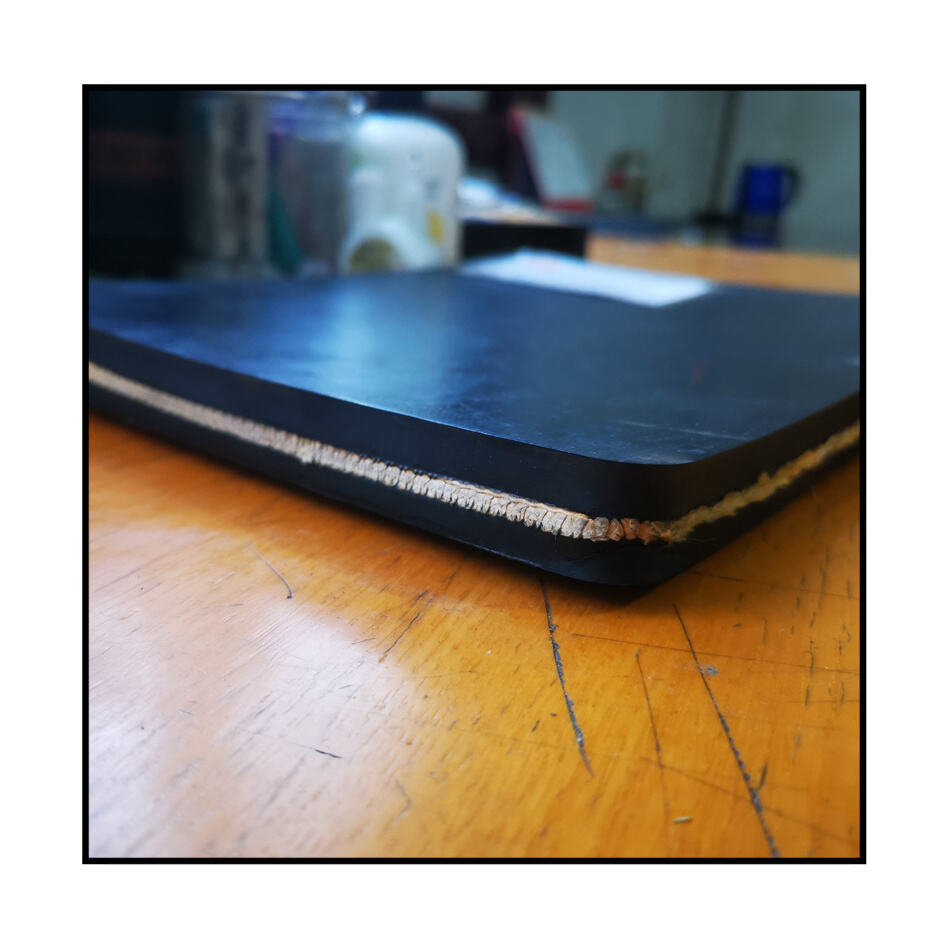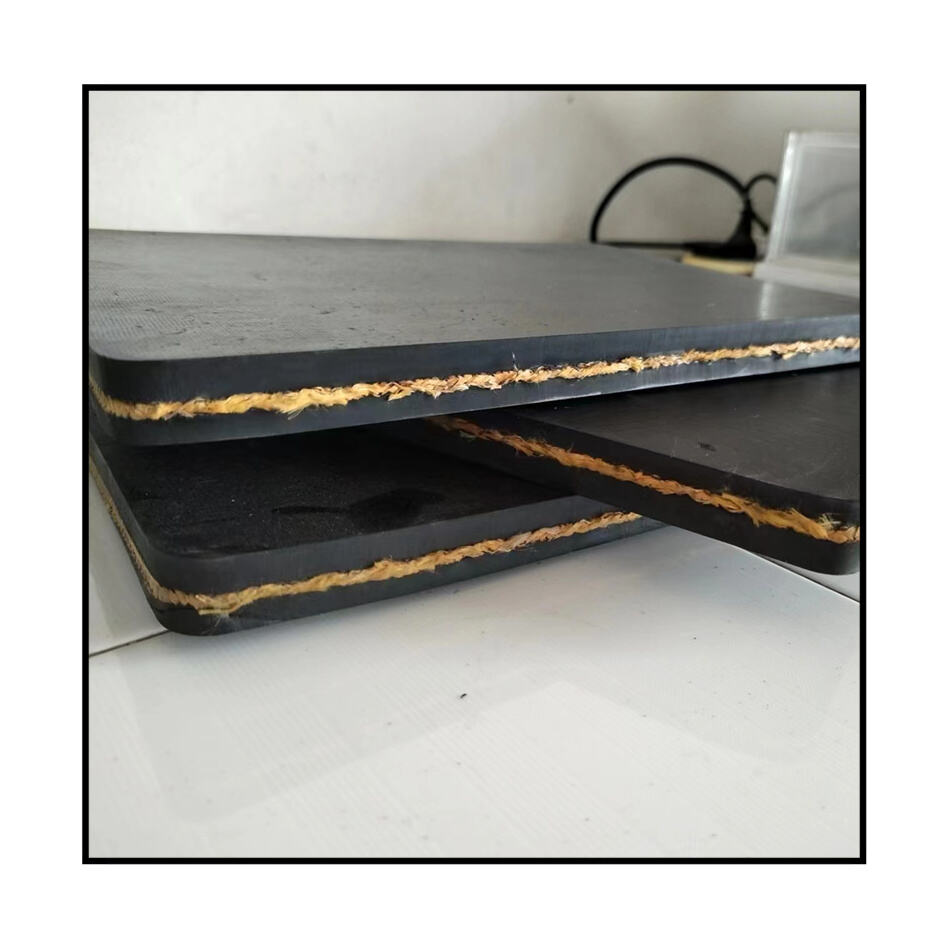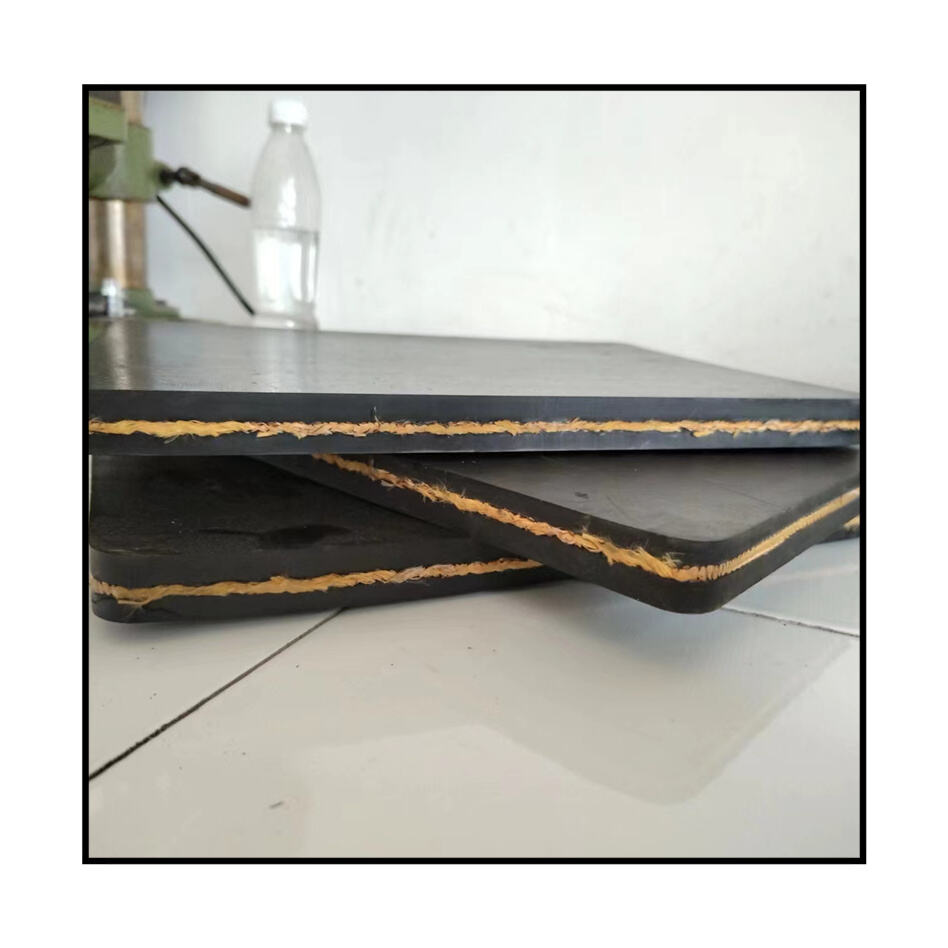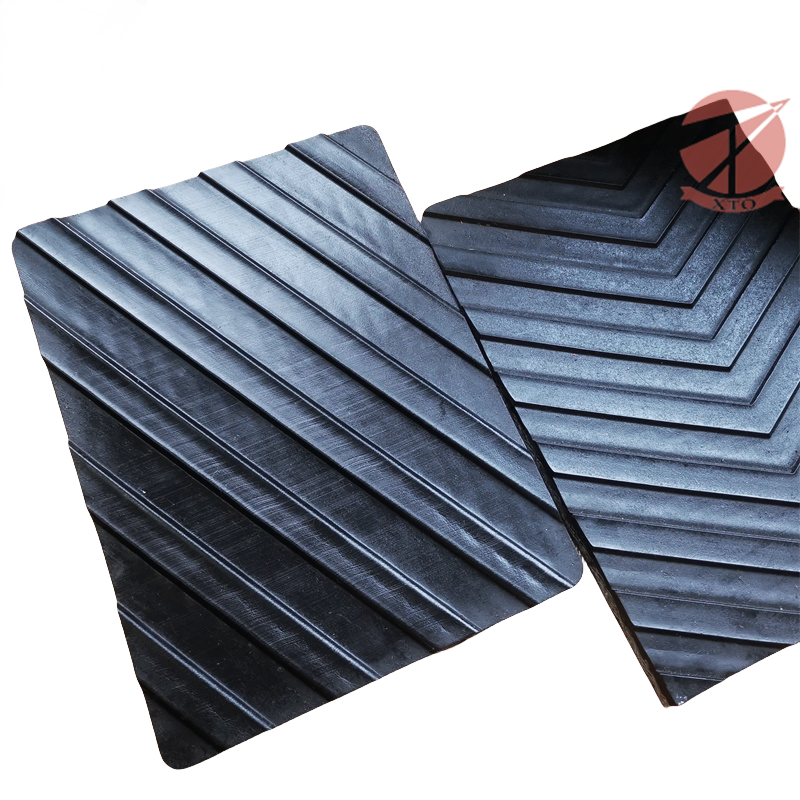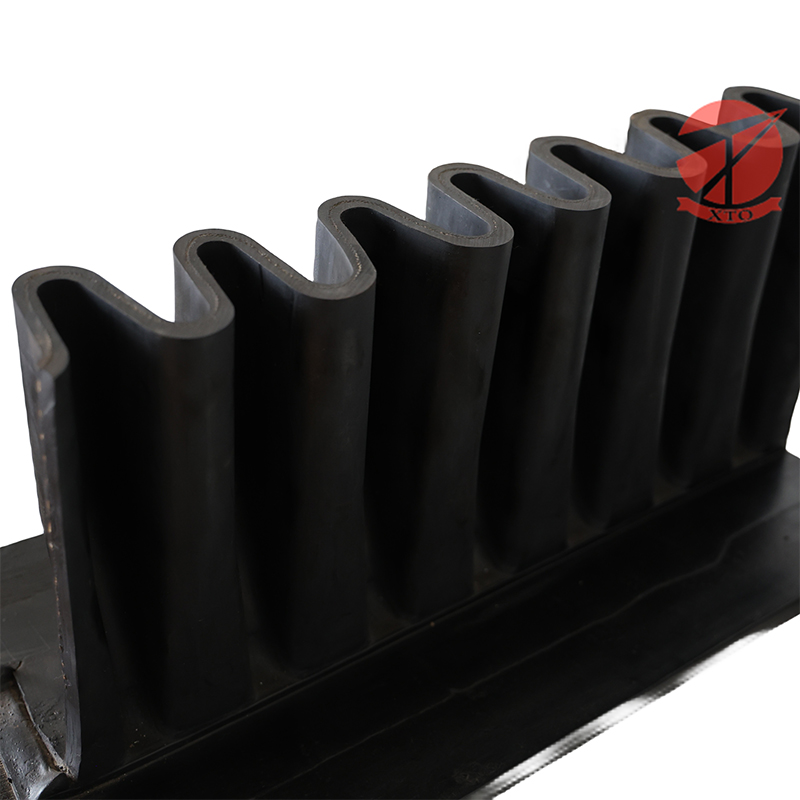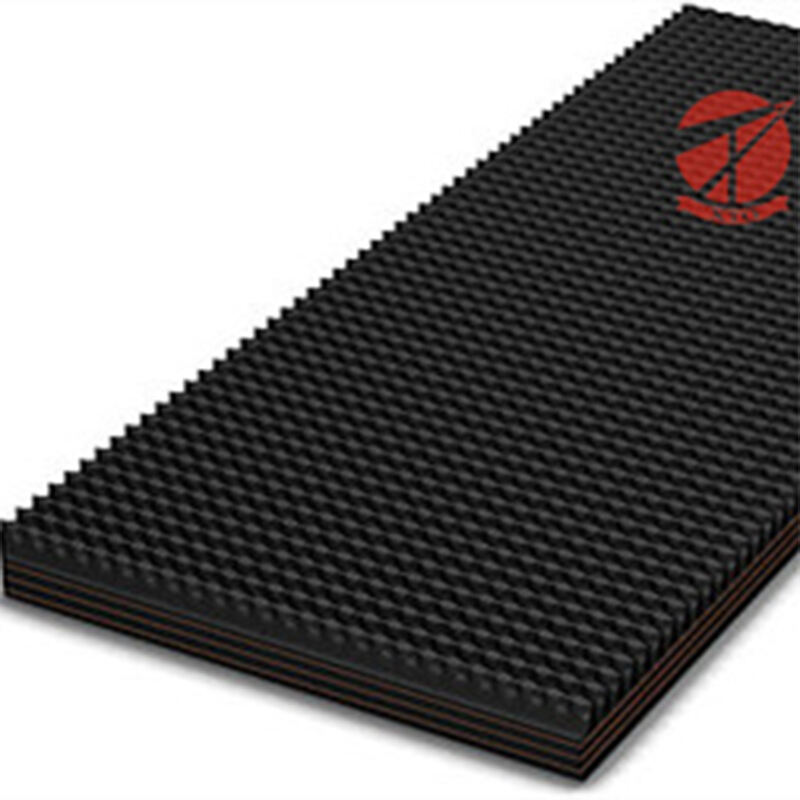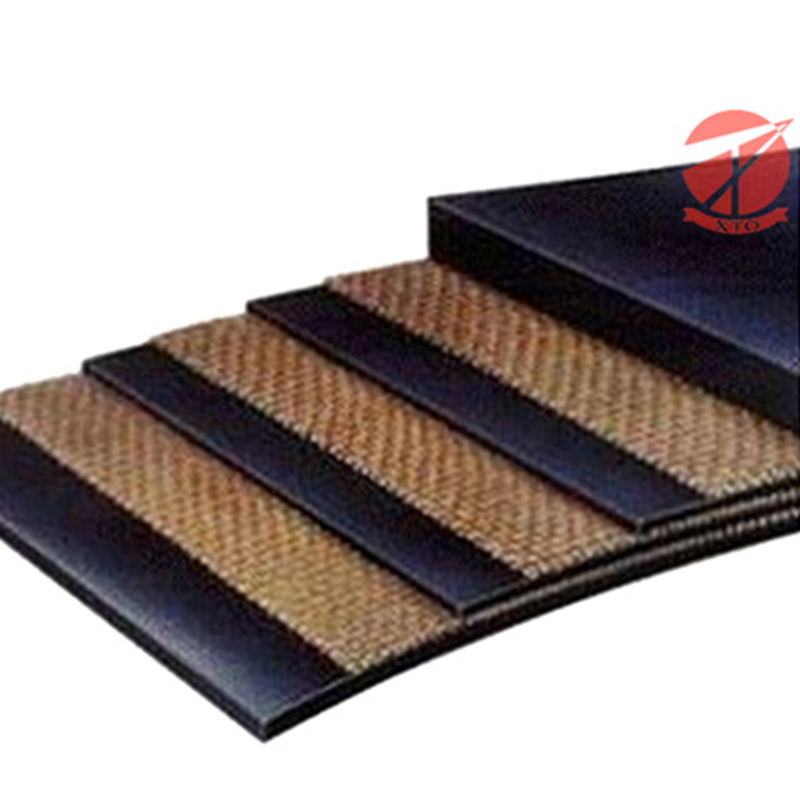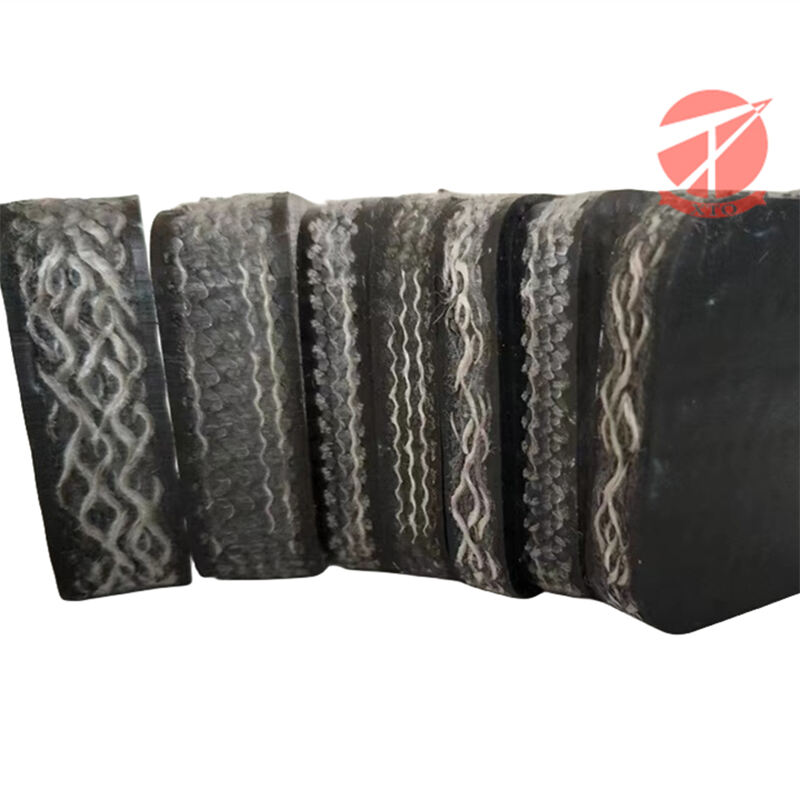- Introduction
Introduction
Usage
The frame material is made of high strength aramid and nylon 66 straight warp and straight weft composite canvas. This structure is characterized by a high rate of strength retention and elongation of the canvas
Long and small (<0.5%) lateral impact resistance is good, so there is no need to add anti-tear mesh. The aromatic wheel canvas conveyor belt is suitable for high strength, long distance, large volume transportation system. With abrasion resistant, heat resistant, flame resistant or flame retardant adhesive, can be adapted to a variety of challenging conditions.
Characteristics
1.Low energy consumption:The structure of straight warp and straight weft consists of aramid cords in warp and nylon cord in weft in both sides which will protect the belt. It can reduce the power consumption of the conveyor.It will save more energy by using energy-saving rubber with low rolling resistance as the pulley side.
2.Impact resistance:As the toughness of aramid fabric can protect the conveyor belt from being punctured by sharp conveying materials. It can also reduce the damage of the conveyor belt even if in high drop distance.
3.High heat resistance and flame resistance:High heat resistance property will protect the conveyor belt from being damaged by conveying materials with high temperature. Even the burning substance is not easy to penetrate the aramid core.
4.Anti-corrosion:Aramid, as the man-made fabric itself is superior resistant to media. Otherwise, it has excellent properties in chemical resistance and corrosion resistance.
5.Optimized belt design for a long lifetime:As there’s single fabric ply only, the carcass is light and flexible with optimum strength utilization. Aramid conveyor belts are excellent in fatigue resistance throughout their lifetime. Top and bottom cover meet high demands on wear and impact resistance,which provides the optimum protection for the valuable aramid.
Standard Specifications
| Specifications | Tensile strength N/mm | Elongation at break % | Rated Elongation of 10& | Fabric Gauge | Cover Gauge | Width | ||
| Wrap≥ | Weft≥ | Wrap≥ | ≤ | mm | Top | Bottom | 500-2400 | |
| DPP630 | 630 | 120 | 5 | 0.5 | 2.1 | 6-25 | 5-15 | |
| DPP800 | 800 | 150 | 2.2 | |||||
| DPP1000 | 1000 | 150 | 2.4 | |||||
| DPP1250 | 1250 | 150 | 2.7 | |||||
| DPP1400 | 1400 | 150 | 2.8 | |||||
| DPP1600 | 1600 | 150 | 2.9 | |||||
| DPP1800 | 1800 | 150 | 3.2 | |||||
| DPP2000 | 2000 | 150 | 3.6 | |||||
| DPP2500 | 2500 | 150 | 4 | |||||
| DPP3150 | 3150 | 150 | 4.3 | |||||
Cover grades
| Grade | Tensile Strength(ISO37) Mpa | Elongation at break min. (ISO37) % | Abrasion max. (ISO4649) mm³ |
| H | 24 | 450 | 120 |
| D | 18 | 400 | 100 |
| XTO D | 18 | 400 | 50 |
The values will help to determine the appropriate cover compound for the application or for the materials carries. Reliable assessment of the behavior of the covers in service for wear and cut resistance cannot be determined from tensile strength, and abrasion values alone.

